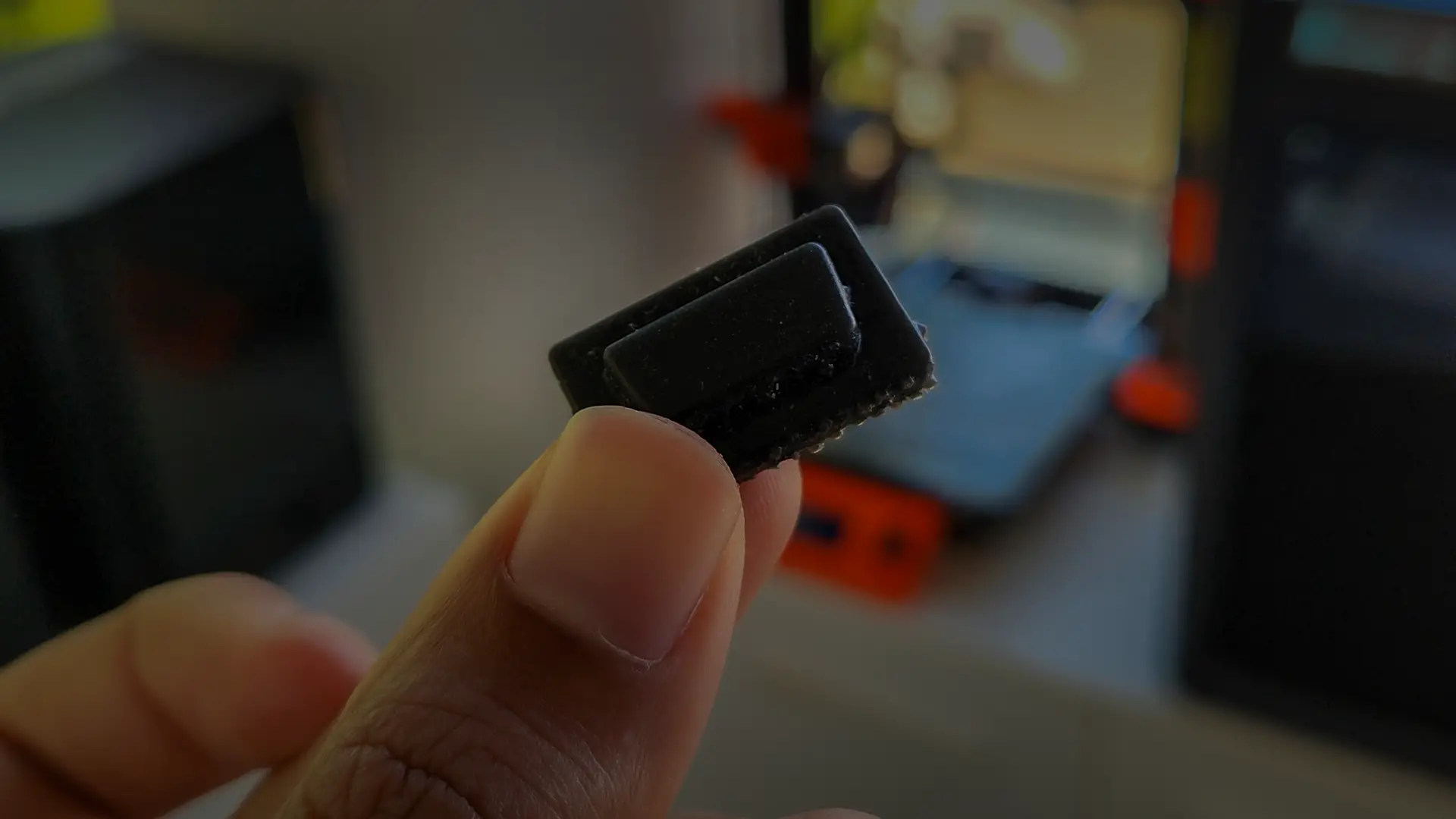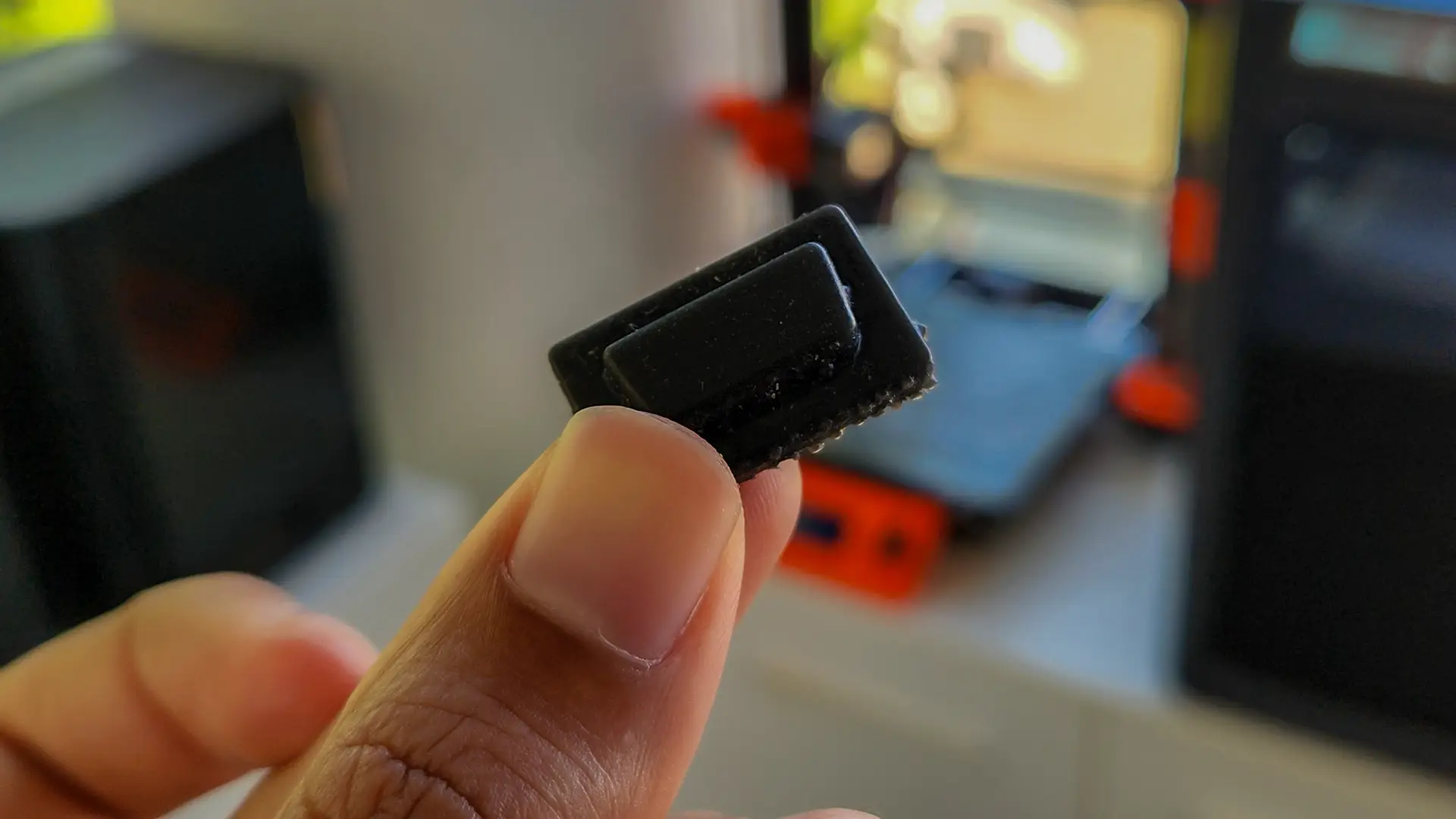Soft materials play an important role in medical device development, especially in applications that require flexibility, skin contact, and patient safety. Including other various applications, e.g., wearable, gaskets. Seals and to provide cushioning.
Translating these needs into prototypes to ensure the performance and function is one of the essential parts in medical device Production. But producing them used to be a little harder than the rigid plastic, given the challenges of the soft materials, like deformation in producing, higher tolerance, and less stability in terms of comparison to the final produced pieces.
That is getting easier with the rise of Rapid prototyping technologies like FDM, SLA, and adapting to the newer materials. That offers flexibility of prototyping while keeping it fast and less expensive. In today’s article, we will let you in on insider tips on how we at Creanova used various technologies to prototype the soft material.
FDM for Flexible Prototypes
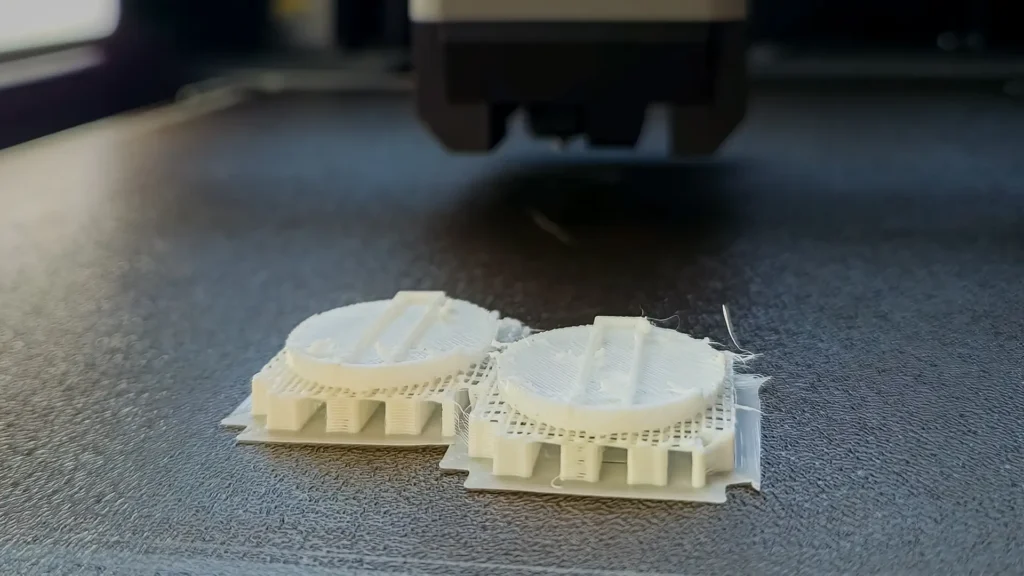
FDM (Fused Deposition Modeling) is one of the most accessible technologies for prototyping soft materials, given its low cost and easier availability in the market. Given its flexibility and speed, it allows us to test the concept faster. In terms of the material, you have a few options like PLA Flex, TPU, TPE, and TPC from most of the suppliers like Bambu Lab, Prusa, and the most famous Ninja Flex. And likewise, the cost could range from 20 to 200 euros.
The FDM soft protos are used more in early-stage prototypes, given that he surface quality of the prints is not great. You are able to see the layer lines. And it is harder to print complex shapes with these materials, as the supports also become really hard to remove. Also, the other reasons that make the job harder to print are given, such as oozing and stringing, which sometimes fail the whole print if not taken care of. For printing this material, you need a harder nozzle, precise calibration, and a slow printing speed.
But it is perfect for a number of scenarios, such as creating ergonomic grips, personalized orthotics, and prostheses, offering a faster and more cost-effective platform for testing soft parts before production.
SLA (Stereolithography) for Flexible Prototypes
SLA, short for Stereolithography, offers some of the unique materials for prototyping soft materials, with high accuracy and smooth surface finish, a wide hardness range on the Shore A scale, and even solutions like silicone, which can offer stable high temperature resistance.
SLA basically uses a laser to cure liquid resin that can be formed into complex shapes. The protos from SLA can mimic great mechanical properties, making them a great choice for applications like:
- seals
- gaskets
- wearable patches.
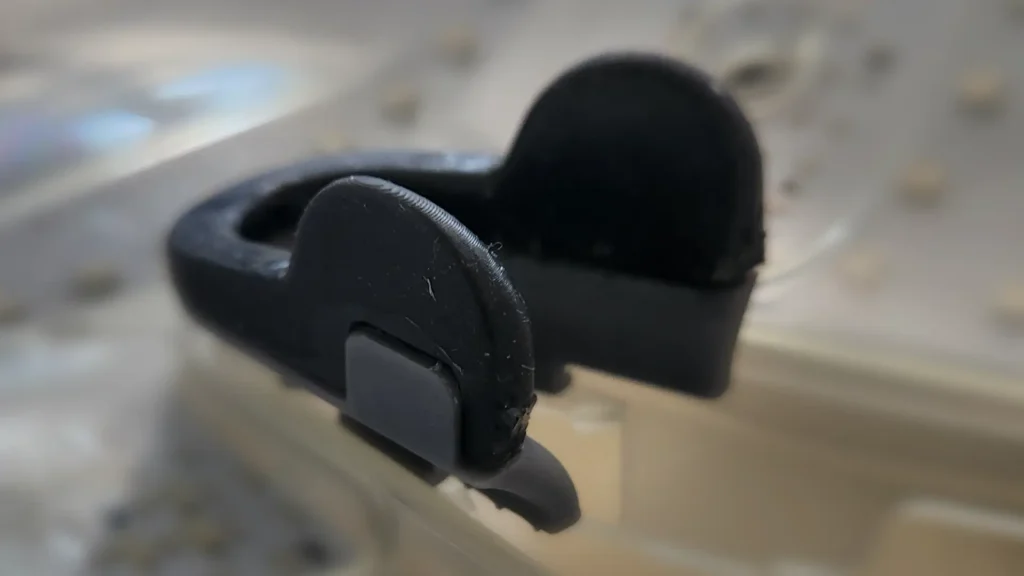
Some of the materials used by us include Elastic 50A, Bio MED, and Silicone by Formlabs.
You can even develop Flexible Transparent parts that allow the development of light guides or soft enclosures with optical properties. The main limitations of this technology are fragility over time, as some resins may degrade or lose elasticity, and relatively high material costs, and post-processing requirements like cleaning with different chemicals, e.g, as in the case of Silicone and longer UV curing. But given the diversity, SLA is one of the most effective technologies when functional testing and aesthetics are equally important in soft medical device prototypes.
Vacuum casting for Functional Elastomer Parts
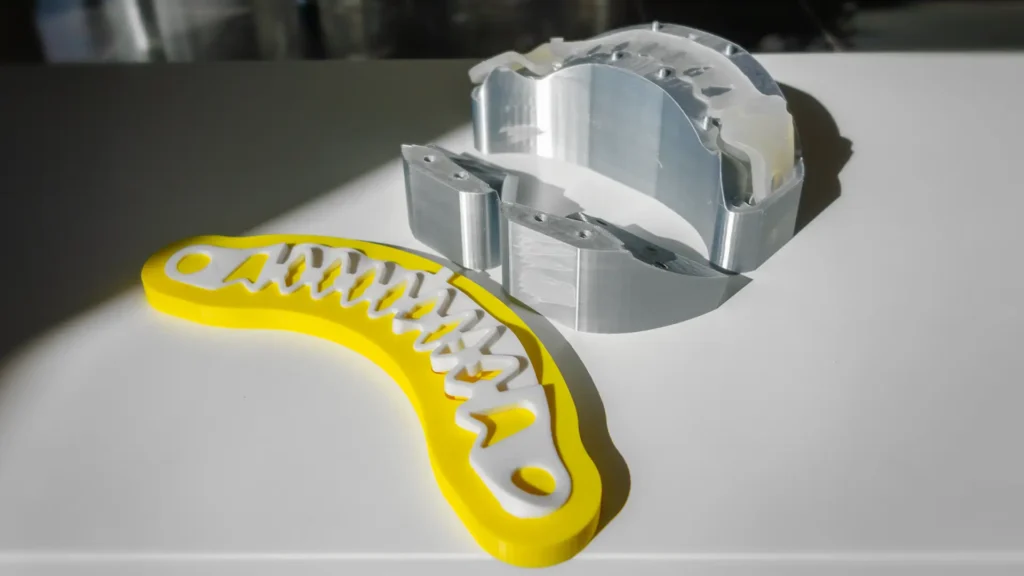
Vacuum casting is used in scenarios when the part should exhibit the properties of the final production parts. In that case, vacuum casting provides one of the best solutions. This process uses a master model (produced in Sla) to create a silicone Mold, which is then filled with two-component polyurethanes or silicones. In vacuum casting, Materials such as PU elastomers with Shore A ratings from 20 to 90 are used, which can replicate medical-grade properties, including flexibility, transparency, and biocompatibility.
Another way to create the Molds for non-complex 3d models, like linear parts, even 3d printed FDM Molds can be used. This simplifies the production of the Mold. It is particularly used for producing a small series of functional prototypes ranging from 10 to 15 pieces from a single mould, after which the molded parts start having a bad finish.
This technology is ideal for applications like:
- wearable housings
- cushioning
- over-molded parts
The process ensures excellent surface quality, uniformity, and reproducibility, which are crucial in regulatory testing and ergonomic trials. The only disadvantage is longer lead times and higher costs in comparison to 3D printing, but the quality of prototypes is really worth it.
Prototyping soft materials is an important step in medical device design & development, enabling teams to validate ergonomics, comfort and performance before putting parts in production. Each of the listed technology — FDM, SLA, and vacuum casting — has unique merits and drawbacks, ranging from price, quality and functionality.
Choosing the right method depends on the stage of development and intended use of the prototype.
At Creanova, we help Medical Devices Startups and Companies bridge the gap between design intent and real-world performance by selecting the best prototyping methods for soft materials so your parts perform best.
Whether you are in stage of early proofs of concept or planning to convert POC to functional small-series prototypes or to final Production Batch, our expertise ensures compliance, efficiency, and quality.
👉 Contact us today to discuss your medical device design development & manufacturing needs and accelerate your path to market.
